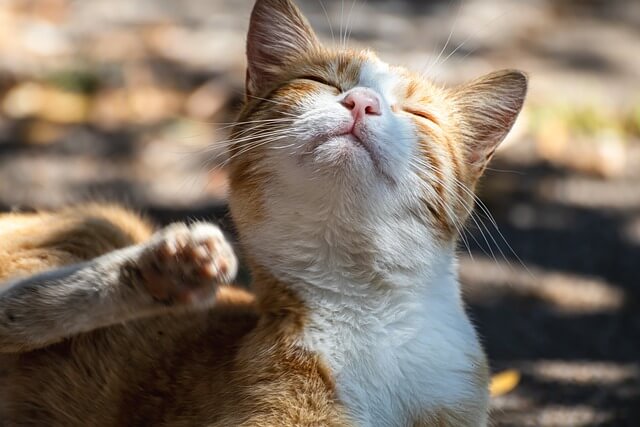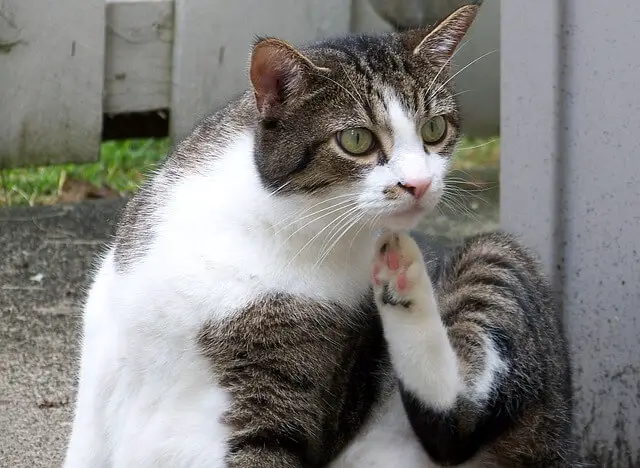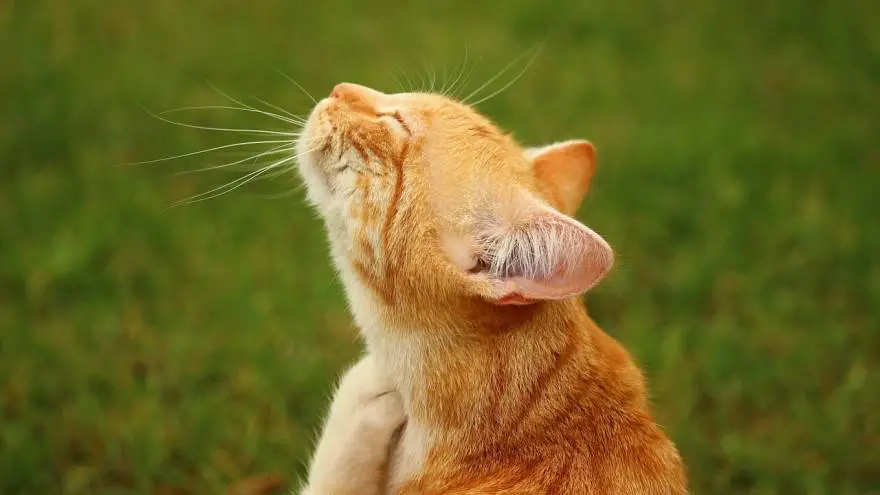Lice In Cats - All You Need To Know
07.11.2022.
Lice are insects that live in animals' fur. Most of them are biting or chewing type. The most common cat louse is Felicola subrostrata.
What are lice?
Lice are small and flightless insects. They usually live in pets' fur. They cannot be transferred between different species - they are not the same type in cats, dogs, or people, because they have claws on their legs adapted for clinging the hair, but they can cause irritation by chewing on the skin or sucking blood.
Females glue eggs - nits, to the hair near the skin. Most lice are the biting or chewing type. You may notice your cat scratching or biting the affected area. The most common areas affected include
- Ears
- Shoulders
- Groin
- Tail
- anus
Can cats get lice?
Pets can get lice. But they are different kinds from human lice. There are over 3,000 species of lice in the world. They are typically species-specific. That means that some species will tend to feed only on humans, some only on cats, and others only on dogs.
The species which infest humans are not a risk for infesting pets. Cats get only one type of lice called Felicola subrostrata. Although they are not as common as fleas, lice are often associated with poor conditions.

What do lice look like?
The lice are about two to four millimeters long. They have six legs and no wings. The body color is brown. Nits are found on individual hairs. Live eggs are dark brown or grey. They are positioned 2-3 millimeters above the skin. Empty eggshells are tan or light yellow and oval in shape.
Symptoms of lice in cats
The first sign that you can see in your cat is scratching. Also, there may be excessive biting and rubbing of the infected area. Fur loss is present in abudant lice infestations.
Likewise, the hair can be matted or untidy. Lice infestation is often around the ears, neck, shoulders, groin, and rectal area, so more pronounced symptoms exist.
The coat is usually dry and scruffy looking. Lice are visible, parting the hair; you can see nits on hair or adult louse moving. Infestation with lice can cause skin diseases, and excessive scratching, redness, irritation, and wounds can appear, which can lead to pyoderma.
Causes of lice in cats
The lice that infect cats are species-specific and cannot usually attract humans or other pets but can be transmitted from one cat to another. So the main cause is contact with another cat infested with lice or their belongings. It is usually common in crowded areas, such as animal shelters, where unsanitary conditions exist.

Treatment and recovery
Using a fine-toothed brush makes it possible to dislodge nits from fur, but it doesn't kill hatched nits. Usually, some insecticidal shampoos or thick/flea control products like selamectin and fipronil are recommended.
It is important to underline that treatment takes a while because nothing kills nits, so you must wait for the life cycle until the last nymph stage is killed. Eggs may continue to hatch for 2-3 weeks, so lice control treatment should be repeated every 7-10 days.
The final treatment is usually over after a month or two before we can say that feline gets rid of lice without being re-infested. Also, treating the whole environment, such as blankets, beds, or other equipment, is very important.
Sometimes clipping hair is recommended if you have a heavily matted or long-haired cat. If scratch wounds are present, there is usually a bacterial infection, so your vet may prescribe an antibiotic.
Prevention
Proper prevention of external parasites is usually a good way to prevent cat lice. If the cat is an outdoor cat, it is indicated to have regular checkups. Cats who go outdoors have a higher risk of getting lice (and other parasites, but also other dangers such as ingesting chemicals).
Since lice can be spread by direct contact, you can limit exposure to other cats as prevention. To prevent reinfection after cat treatment, you must treat her environments, such as bedding, litter box, crates, furniture, carpeting, hard flooring and rugs, and other grooming equipment.
Conclusion
Lice are species-specific parasites with claws on their legs and parasites in pet fur. Fur usually looks messy and untidy, cats scratch, or bite themselves, sometimes hair loss is present, and scratch wounds can be infected.
Usually, owners can see live louse or nots on the cat's fur. Lice infestation is spread by direct contact or contact with an infested cat or contaminated environment. This is common in crowded places like pet shelters with a large population of cats and poor hygiene conditions. Prevention of thick/fleas is usually proper prevention for lice, but keeping your cat indoors has a lower risk for external and internal parasites and other dangerous factors.
World Cat Finder Team







Share